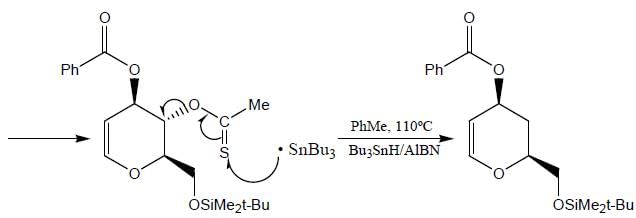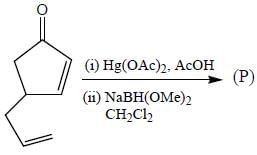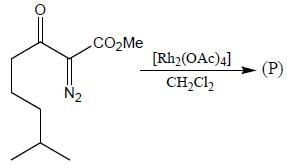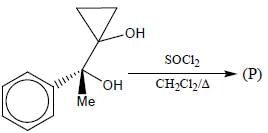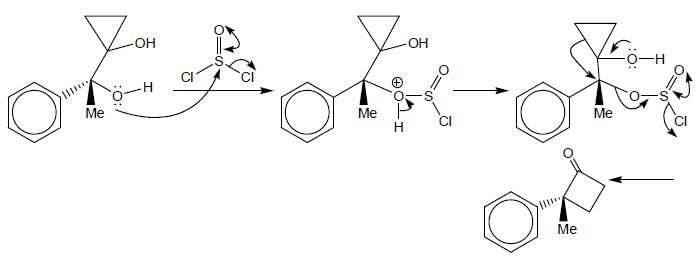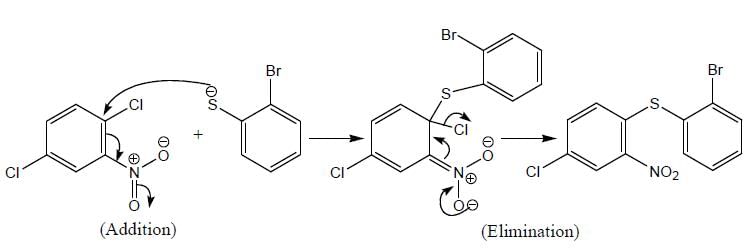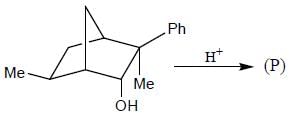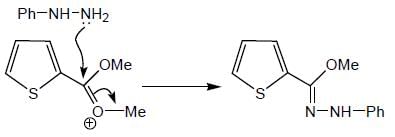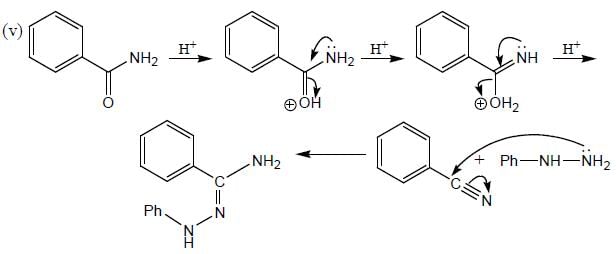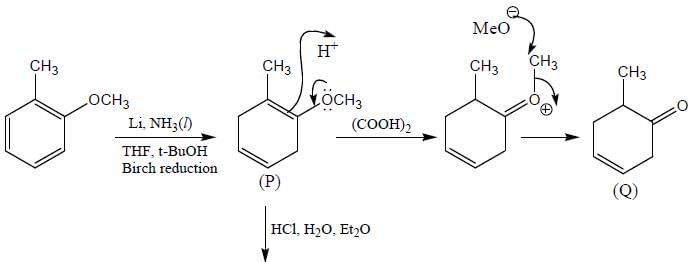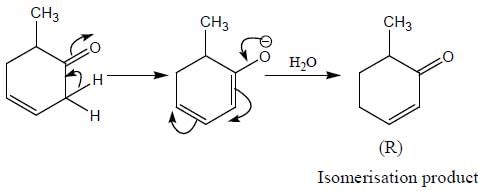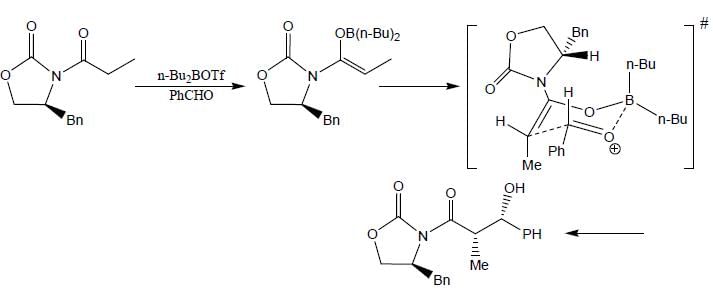Reactive Inter & Reaction Mechanism - Chemistry MCQ
20 Questions MCQ Test - Reactive Inter & Reaction Mechanism
How many monochlorinated products are possible including stereoisomer?


Product formed in the above reaction, which of the following correct mechanism apply
The reaction of the bromo compound shown below with sodium ethoxide gives predominantly

The major product obtained in the reaction below is

The total number of compounds (shown below) that form phenylhydrazone derivatives under acidic conditions is ____________
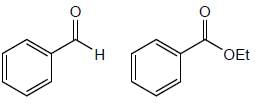



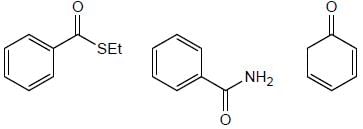
How many product will be formed the following reaction is
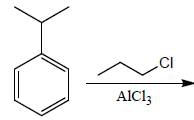
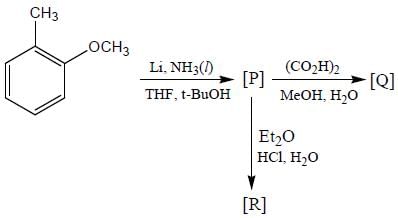
Correct product (Q, R and P) in the above reactions are formed respectively
The major product (P) in the above reaction is

Which of the following statement(s) is true about the reaction given below?

(1) it involves a carbocation intermediate
(2) rearrangement is due to SN1 reaction mechanism.
(3) it proceeds via a concerted SN2 pathway
(4) it involves neighbouring group participation.




